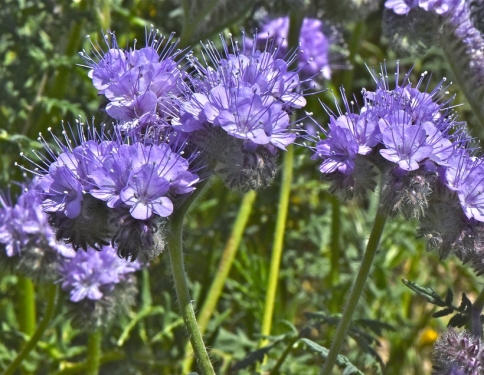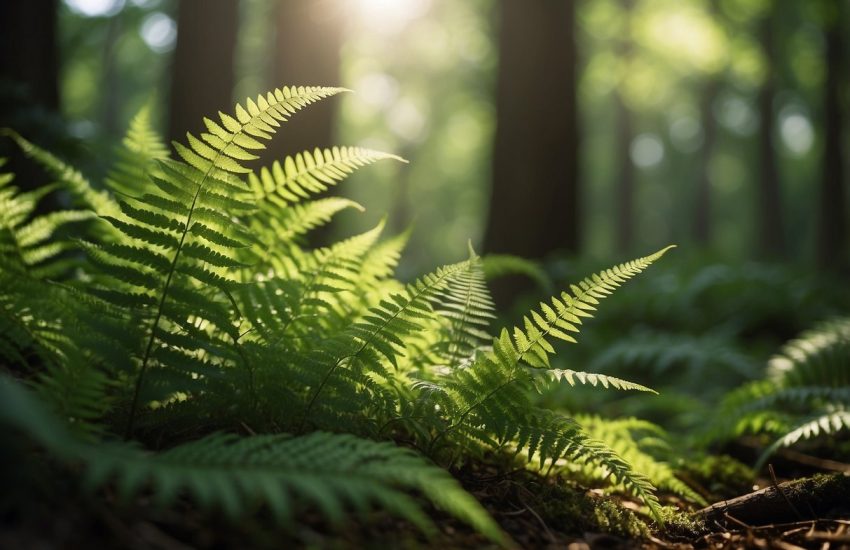Most Common Trees in Oregon: A Guide to Identifying the State’s Native Species
Oregon is known for its vast forests, which cover nearly half of the state. These forests are home to a wide variety of tree species, each with its own unique characteristics and benefits. Understanding the most common trees in Oregon is essential for anyone looking to explore the state’s natural beauty or work in the forestry industry.

The Pacific Northwest climate of Oregon is ideal for tree growth, and the state boasts a diverse range of tree species. Douglas Fir, Oregon’s state tree, is the most common tree species in western Oregon, but it can also be found in eastern Oregon. Other common trees in Oregon include the Western Red Cedar, Bigleaf Maple, and Pacific Yew. Knowing how to identify these trees is crucial for anyone interested in exploring Oregon’s forests.
Oregon’s forests play an important role in the state’s economy, providing jobs in the timber industry and supporting outdoor recreation. Understanding the most common trees in Oregon is essential for anyone working in these industries. Additionally, knowing the different types of trees in Oregon can enhance one’s appreciation of the state’s natural beauty and help visitors identify the different tree species they encounter during their travels.
Diversity of Oregon’s Forests

Oregon’s forests are known for their diversity of tree species, landscapes, and wildlife. The state’s forests can be broadly classified into two types: coniferous and broadleaf.
Coniferous Trees of Oregon
Conifers are the dominant tree species in Oregon’s forests, and they are known for their needles and cones. The most common coniferous species in Oregon are Douglas fir, western hemlock, ponderosa pine, Sitka spruce, western larch, and western red cedar. These trees are found throughout the state, but their distribution varies depending on the region.
In eastern Oregon, where the climate is drier, ponderosa pine is the most common coniferous species. In the Willamette Valley, Douglas fir is the dominant species. In the Cascade Range, Sitka spruce is the most common species.
Coniferous evergreen trees are an important part of Oregon’s economy. The timber industry is a major contributor to the state’s economy, and conifers are the primary source of timber in Oregon.
Broadleaf Trees in Oregon
Broadleaf trees are also found in Oregon’s forests, and they are known for their leaves, flowers, and fruit. The most common broadleaf species in Oregon are bigleaf maple, Oregon white oak, red alder, and black cottonwood.
Broadleaf trees are typically found in hardwood forests, which are less common in Oregon than coniferous forests. However, hardwood forests are important for wildlife habitat and are often used for ornamental tree planting.
Overall, the diversity of Oregon’s forests is a key feature of the state’s natural landscape and economy. The mix of coniferous and broadleaf trees, along with the variety of landscapes and wildlife, make Oregon’s forests a unique and valuable resource.
Identifying Tree Species
Tree Identification Techniques
Identifying trees in Oregon can be a fun and rewarding activity. There are several techniques that can be used to identify trees, including examining leaves, cones, flowers, fruit, bark, needles, and scales. A dichotomous key can also be used to identify trees based on their characteristics. It is important to note that some trees may have similar characteristics, so it is important to use multiple techniques to confirm the identification.
One useful resource for identifying trees in Oregon is the Trees to Know in Oregon and Washington guide by the Oregon State University Extension Service. This guide includes color photos and information on the common and scientific names, as well as the characteristics of native tree species in the Pacific Northwest.
Conservation and Importance
Identifying trees is not only a fun activity, but it can also be important for conservation efforts. Many native tree species in Oregon are threatened by factors such as climate change, wildfires, and habitat loss. By identifying and conserving these species, we can help to maintain the biodiversity of our forests and protect the wildlife that depend on them.
Additionally, trees are important for the economy of Oregon, as the timber industry is a major contributor to the state’s economy. Identifying and conserving champion trees, which are the largest trees of their species, can also be important for tourism and educational purposes.
Conserving water is another important reason to identify trees, as some species are more drought-tolerant than others. By planting and conserving trees that are well-suited to the climate and elevation of a particular area, we can help to conserve water and reduce the need for irrigation.
In conclusion, identifying trees in Oregon can be a fun and rewarding activity that also has important implications for conservation, the economy, and water conservation. By using multiple techniques and resources, such as the Trees to Know guide and dichotomous keys, individuals can become more knowledgeable about the native tree species in the Pacific Northwest.


